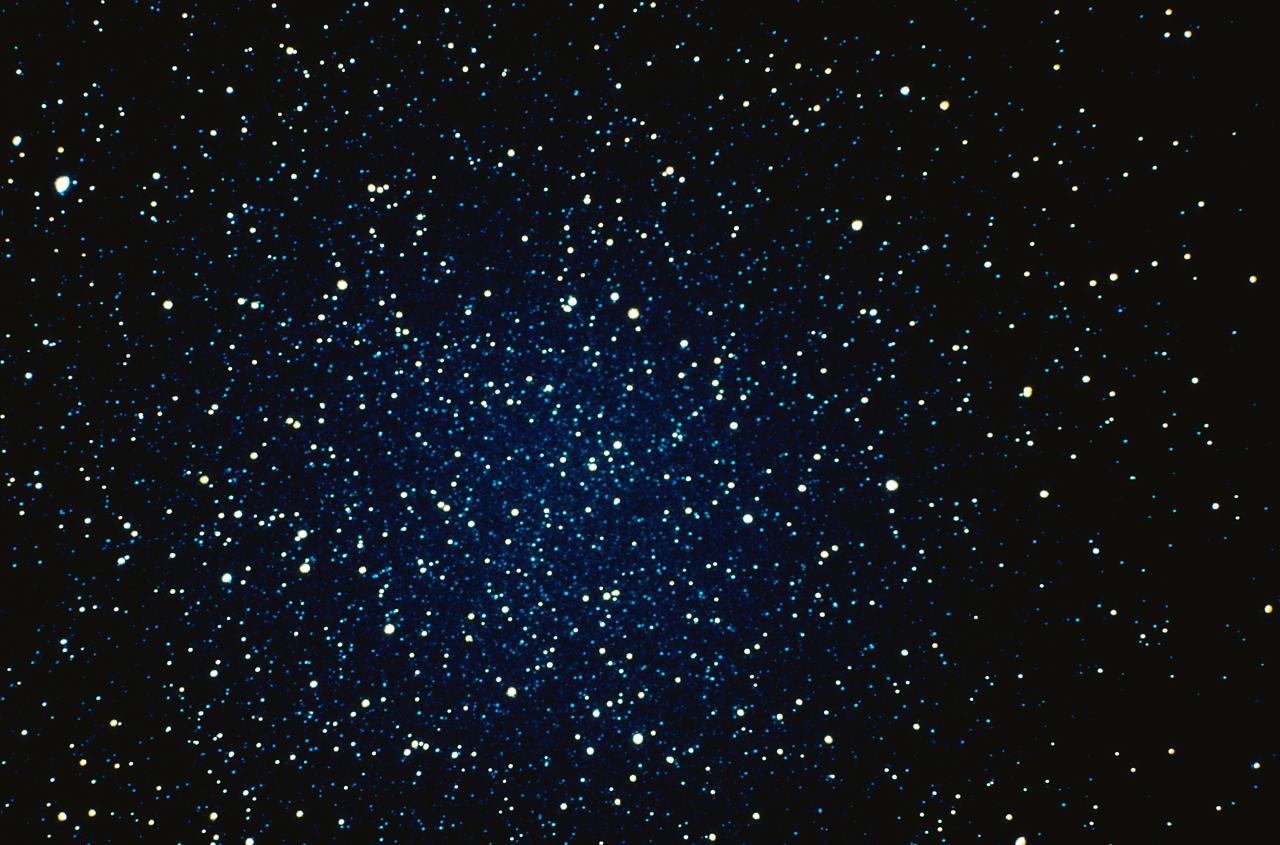
On Wednesday, Jan. 18, astronomers, physicists and scientists from related fields will convene in Tucson, Ariz. from across the world to discuss an endeavor that only a few years ago would have been regarded as nothing less than outrageous. The conference is organized by Dimitrios Psaltis, an associate professor of astrophysics at the University of Arizona

Astronomers have released the largest data set ever collected that documents the brightening and dimming of stars and other celestial objects -- two hundred million in total.

Astronomers have used visual data from nearly a million luminous galaxies for the most accurate calculation yet of how matter clumps together in the universe. By deriving cosmic rulers from an immense volume of sky, from a time when the universe was half its present age until now, the study establishes how much dark matter, dark energy, and even hard-to-detect neutrinos it contains.
Astronomers using ESO's leading exoplanet hunter HARPS have today announced more than fifty newly discovered planets around other stars. Among these are many rocky planets not much heavier than the Earth. One of them in particular seems to orbit in the habitable zone around its star. In this video news release we look at how astronomers discover these distant worlds and what the future may hold for finding rocky worlds like the Earth that may support life.
A quick look set to music of current and future NASA human space flight activities.
Astronauts bravely say they are ready to go on another spaceship as their 520-day simulated mission to Mars ends. .
http://gplus.to/TonyDarnell http://facebook.com/SpaceFan Many Space Fans have been asking for more information about black holes, specifically, what would it be like to go inside one? Andrew Hamilton of the University of Colorado made this amazing animation and I wrote a script around it.
Titan Saturn System Mission (TSSM) is a joint NASA/ESA proposal for an exploration of Saturn and its moons Titan and Enceladus, where many complex phenomena have been revealed by the recent Cassini Huygens mission.
Feb. 2015 update - distance to sun - Voyager 1: 131 AU, Voyager 2: 108 AU.
Kepler-10b is an Earth-size exoplanet Please visit http://www.SpaceChronology.com Video and narration: Credit: NASA/Kepler Mission/Dana Berry NASA's Kepler mission confirmed the discovery of its first rocky planet, named Kepler-10b. Measuring 1.4 times the size of Earth, it is the smallest planet ever discovered outside our solar system. The discovery of this so-called exoplanet is based on more than eight months of data collected by the spacecraft from May 2009 to early January 2010. This video is narrated by Kepler Deputy Science Team Lead Natalie Batalha.

Scientists have independently made the largest direct measurements of the invisible scaffolding of the universe, using the gravitational lensing effect known as

Say hello to "El Gordo," one of the biggest cosmic collisions you will ever witness.